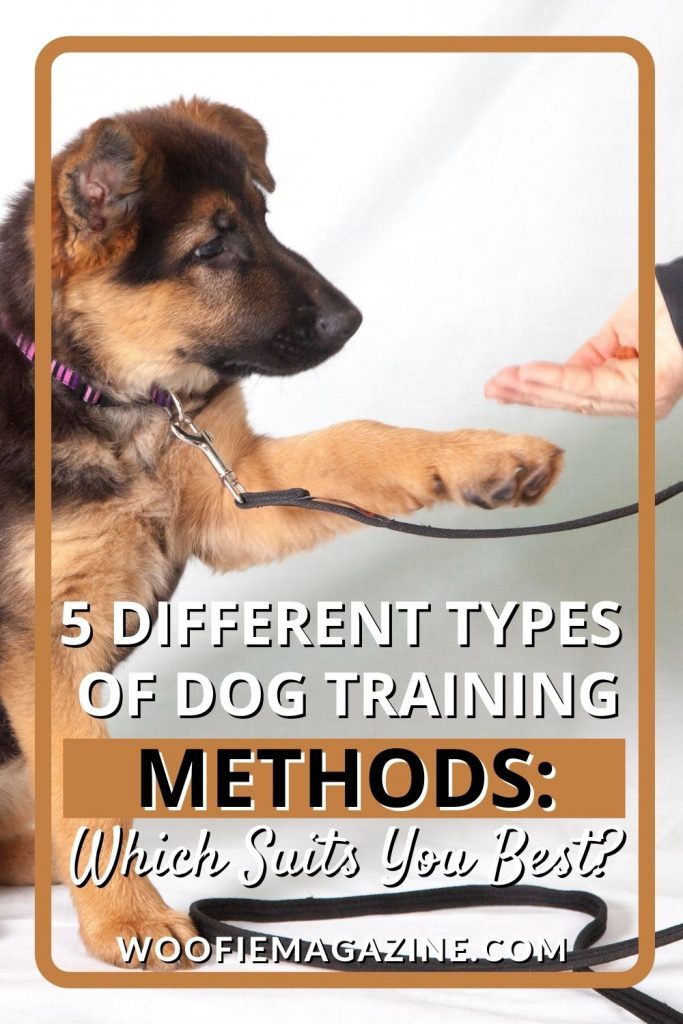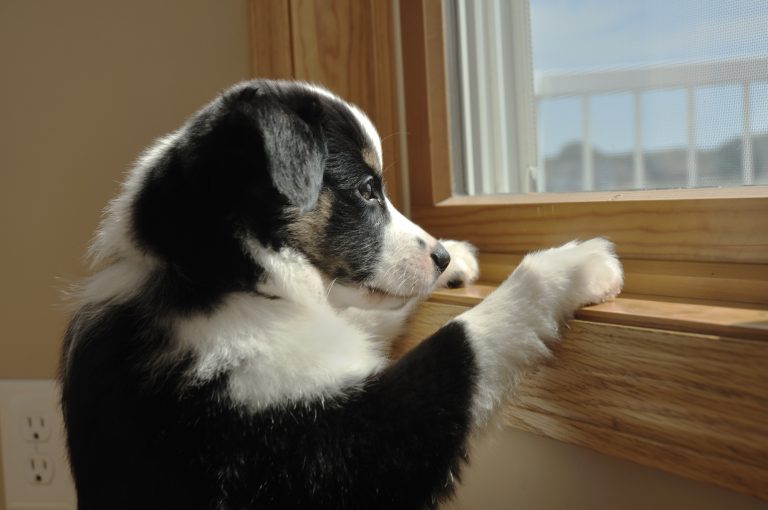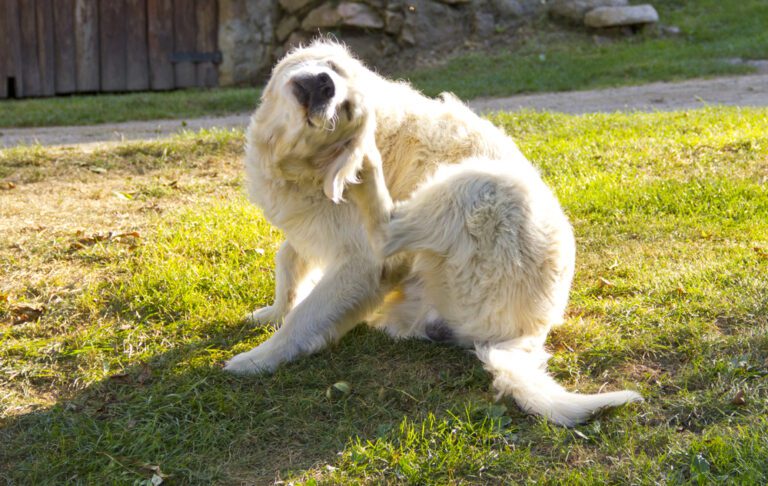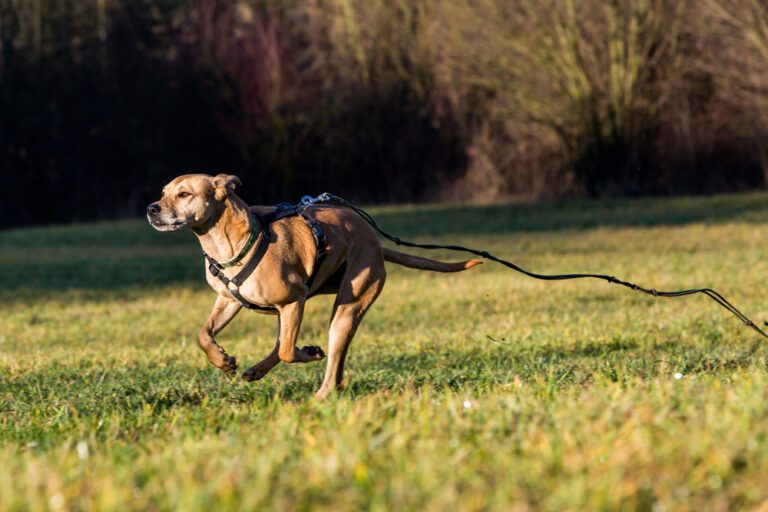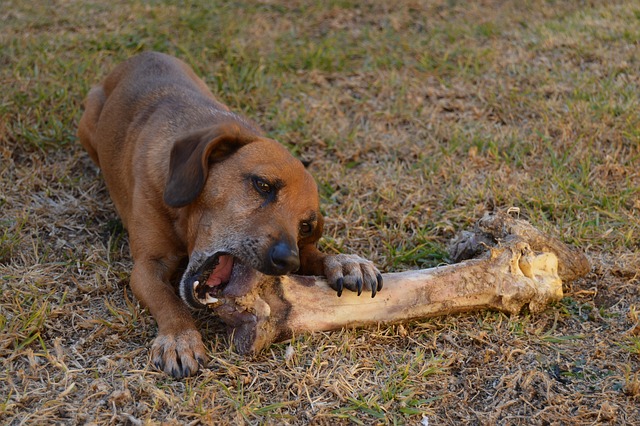5 Types of Dog Training Methods: Which Is Best?
Adopting a dog can be one of the most joy-filled moments of your life. Watching them grow, loving them through their different phases, and spending time together are some of the many joys of being a dog owner. However, numerous dog owners struggle with one particular aspect of raising a puppy: understanding the types of dog training methods!
Having a dog changes most people’s lives for the better, of course. But, there are times when bringing a new puppy into your home might actually cause more problems than joy. That’s okay; it’s normal! While 94% of people perform some sort of training with their dog at home, only about 50% ever take their puppy to formal training classes.
While not all puppies need formal training, engaging in some basic dog training methods at home can be the difference between a calm, social adult dog and an aggressive, withdrawn dog.
Let’s dive into the importance of dog training and then explore a few of the most popular methods…
Is Dog Training Really That Important?
Despite playing a (likely) crucial role in your family structure, dogs are still animals. This means that they will display animalistic behaviour and that they will also require lots of discipline. If it helps, view your dog like another child. Human children need discipline in structure in the same way that dogs do.
Numerous studies have shown that even domesticated dogs thrive in a pack mentality. In the case of your pup and household, you’re the pack leader. Dogs don’t want to lead, but if you’re unable to fill that role of the dominant pack leader, then they will, and that’s where the problems start.
This is why you must teach them how to behave when dealing with strangers, how to respect their owner’s space, and how to identify the moments when it’s okay to run, jump, and play. How do you get to that point? You’ll find the right dog training method that suits both you and your dog’s personality below.
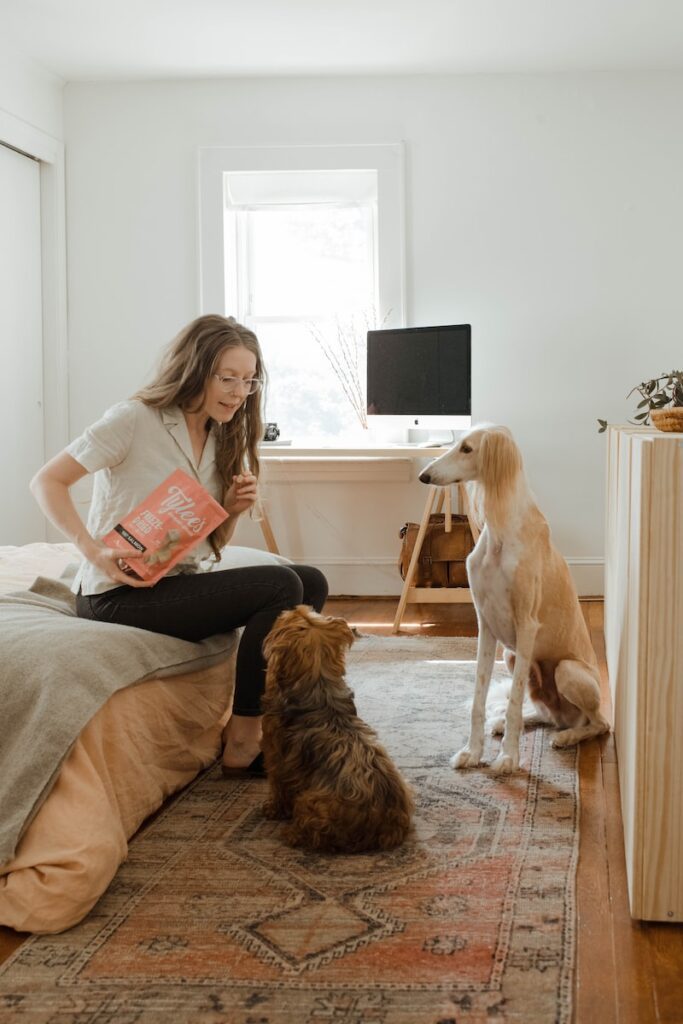

The 5 Most Effective Training Methods for Your Dog
It’s important to note first that there are more than five dog training methods that exist. However, we’ve found that the following five are methods that help create a more positive and enjoyable process for you and above all, for your dog.
It’s important to choose the dog training method that is more likely to help you establish a caring bond with your dog while helping you achieve the specific goals you’ve set for yourself. If your dog needs more training regarding digging or barking, you might have to adjust the method you use for when you’re training them to sit and roll over, for example.
1: Classical Method
First, you have the Classical Method, which is the behavioral training of your dog through conditioning. You might also hear this referred to as “Classical Conditioning”. It’s based on the scientific research of people such as the well-known Russian physiologist Ivan Pavlov.
His Pavlovian theory worked to prove that objects or events could trigger a conditioned response. In his experiment, he proved that a bowl of dog food could trigger a salivation response.
The idea applied in dog training is that you can condition your dog to have a specific reaction to something such as a treat. Or, on the contrary, you can use punishment to condition them to avoid certain behaviour.
2: Positive Reinforcement Training
As mentioned above, positive reinforcement requires that you reward a dog when they’ve completed a task in a desirable manner. You can reward your dogs with treats or additional playtime with their favorite toy. In turn, however, if they begin to behave poorly, you remove those treats and toys and begin to ignore them.
By being ignored, the idea is that the dog will be forced to realise they have to do something nice to catch their owner’s attention and that what they had done before that moment was not correct behaviour.


Why does this method work?
Dogs love attention! This means that being ignored will be a punishment enough for them without having to “punish” them more harshly. This is especially so for social dogs. This type of training method will work wonders as they won’t go long being ignored and will quickly change their behaviour.
3: Clicker Training Method
Clicker training relies on the same principles as positive reinforcement dog training. The idea is that you use a clicker device that creates a quick, acute noise. It makes an audible ‘’click,” which lets the dog know when they have done something good. This is a type of classical conditioning in which your dog becomes conditioned to associate the clicker sound with good behaviour and possibly treats.
To be successful with this training method, you’ll need to ensure that you’re making the clicker sound at the moment that they engage in good behaviour. If you’re training them to sit, for example, then you’ll need to make the clicker sound as soon as they sit to ensure they’re associating it with that specific action. This is incredibly useful as it gives trainers the chance to shape new behaviours and add verbal commands into the mix.
It’s recommended to use this method alongside other techniques as rewards lead to greater active strategies. If you want to motivate your dog to search, explore and try new games out, this is the ideal training method that will guide them.
4: The Alpha Dog Method
Cesar Milan’s famous dog training method is popular for a reason; it works! However, keep in mind that the other 4 training methods mentioned here work as well. You just have to pick one and run with it but do not attempt to try all 5 methods together, you’ll most likely confuse your poor doggo!
This technique is all about asserting your dominance as an owner. As mentioned above, dogs crave that type of leadership and structure. They often misbehave when they feel that they have to step into that role.
This means that, when using this method, you’ll engage in a series of steps that allow your dog to enjoy a “herd” mentality while also understanding that you are the herd’s leader. Some examples of this include:
● You are always walking in front of your dog when you take them out for a walk. You need to show them that you are the alpha which means that you lead the pack.
● Training them to only jump up on the couch when you invite them to. Basically, they have to feel invited by the alpha to engage in any type of activity.
● Immediately standing up and asserting your dominance over your dog if you’re down at his level playing and he begins to get rambunctious.
● Giving simple, straightforward commands.
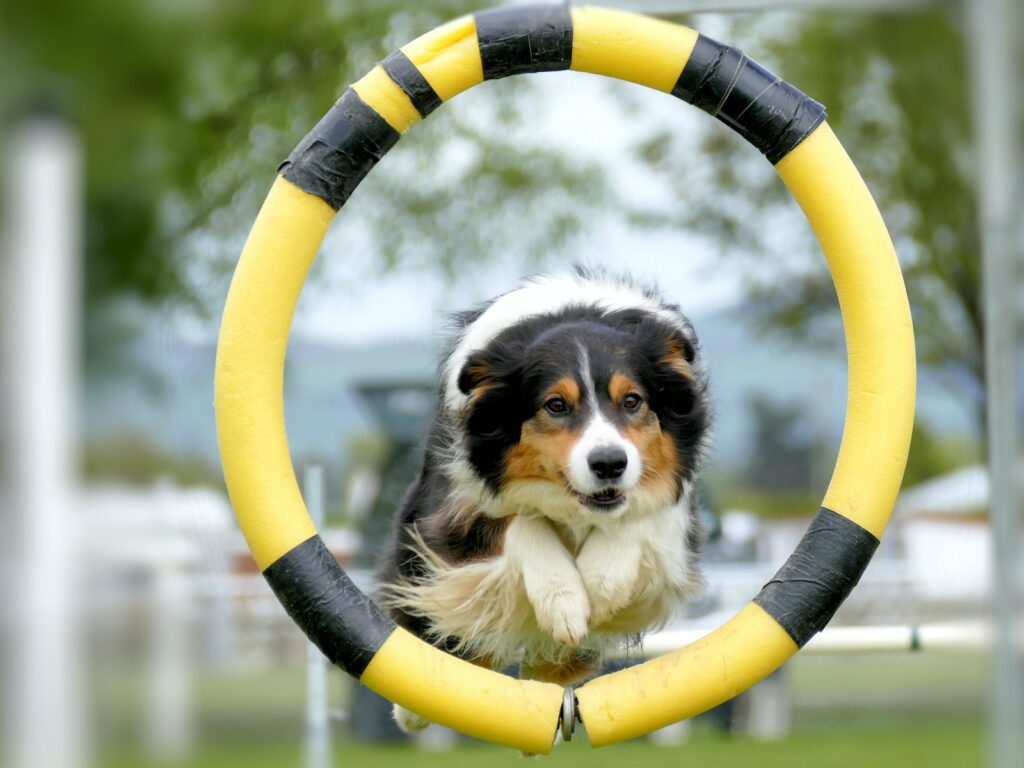

5: Relationship-Based Training
Relationship-based training is the best dog training method for particular puppies who need individual attention and customized tactics. The idea here is that you look at the relationship between you and your dog, analyze the connection, and find the training methods that work best for you from there.
The basis of this is to work to build the learning process based on the dog’s current achievements. This method’s main objective is to thoughtfully consider why your dog is behaving in an undesirable way, looking for the root cause of it and work from there, instead of just punishing the dog to get them to learn.
A balanced dog training method usually incorporates a variety of the previously mentioned ones. However, most dog owners see success when reinforcing positive behaviours rather than correcting bad ones with punishments.
Final Thoughts
We also find that using the Balanced Dog Training method is probably one of the best ways. As the name suggests, this is a balanced method that combines factors found in the previous training methods mentioned above.
When using this method, you’d combine a balanced mix of both positive reinforcement and light punishment to allow your dog to receive both types of training without one being the more prominent one.
Overall, knowing a little bit about each method will help you find the one that will work best for you and your dog. Or, you could also build up your own personalised training technique over time by gauging which methods your dog responds to in certain situations.
In addition, it’s also vital to know what misbehaviors you are aiming to correct in your pet. There could be a variety of trainings you wish your dog to go through such as getting used to the crate, to stop biting or even to stop them from barking unnecessarily.
Decide on the training based on what you wish to change. That’ll most likely yield the best results for you.
